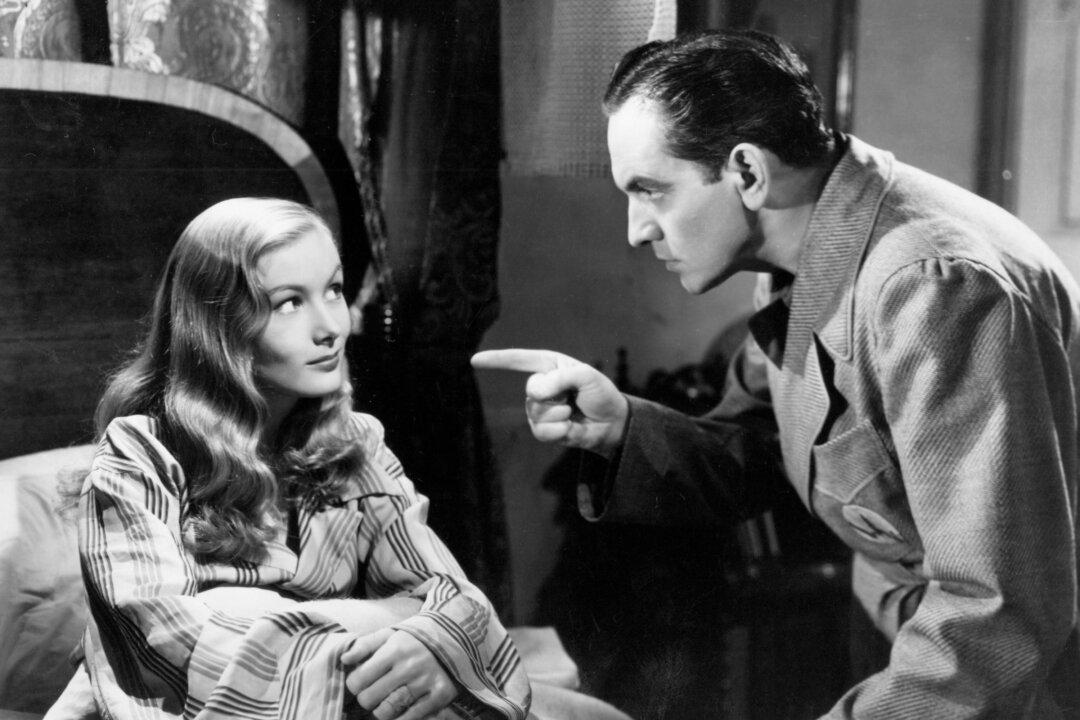Commentary
In the 1960s, American audiences loved the television show “Bewitched,” a sitcom about an average man who is married to a beautiful blonde witch. The fanciful show presented witches as supernatural beings rather than human beings who just practice witchcraft. Although it could be viewed as harmless fun, “Bewitched” was one of the most mainstream programs to whitewash black magic. However, it was not the first.





